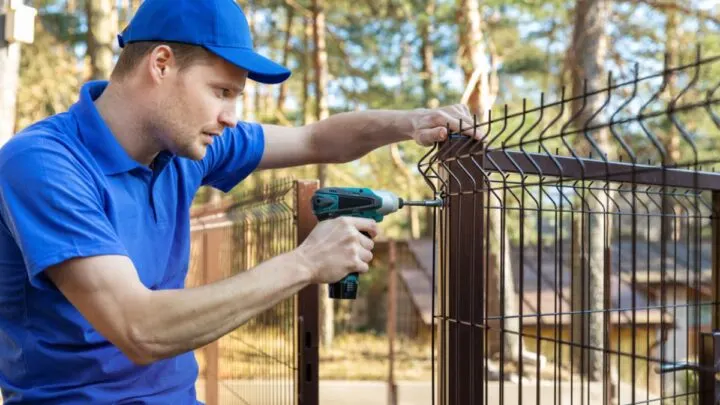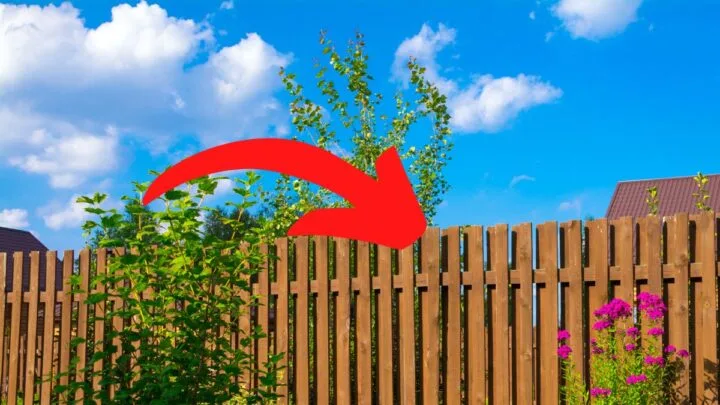Figuring out where you should build your fence to make sure it doesn’t go over the property line can be confusing.
Local ordinances may have specific requirements for fencing, so it’s always best to check with your city or county before starting any fencing project.
Even if there are no specific requirements, you’ll need to be aware of things like setback requirements, which dictate how far from the property line your fence can be.
The purpose of the fence also plays a role in deciding its placement.
For example, if you’re installing a privacy fence, you’ll want it to be close to the property line to block out any nosy neighbors effectively.
If you’re installing a fence for security purposes, on the other hand, you may want to put it further away from the property line so that there’s more space between your home and potential intruders.
There’s no single answer to how far off the property line a fence should be. It depends on several factors, including local ordinances, the purpose of the fence, and your personal preference.
When you plan to install a new fence, there are a couple of things that you need to keep in mind.
However, the best part is making sure you build your fence within your property boundaries.
You don’t want to accidentally build on your neighbor’s land or infringe on any easements.
So, how do you know where your property boundaries are? And how far from the property line should a fence be built?
Let’s explore some common concerns related to property lines and fences.
Things to Consider Before Installing Your Fence
- Check with your homeowner’s association or local government. There may be regulations about the height, material, and fence style you can install.
- Get a property survey. This will help you determine where your property lines are to avoid any disputes with your neighbors later on.
- Choose the right location for your fence. You’ll want to consider sunlight, drainage, and aesthetics when deciding where to put your fence.
- Choose the suitable material for your fence. There are various options available, each with its benefits and drawbacks.
- Hire a professional fence installer. Unless you’re confident in your DIY skills, it’s best to leave this job to the professionals.
If you keep in mind the following steps, your new fence will be installed properly and look great for years to come.

Things to Consider While Installing a Fence
Your fence may be inside your property line for several reasons.
Maybe you had a recent survey done, and the results showed that your fence is on your neighbor’s property.
Or, perhaps you’re planning to install a new fence, and you want to make sure it’s completely on your land.
Regardless of the reason for installing a new fence, there are a few things you should keep in mind if your fence is inside your property line.
- First, you’ll need to get permission from your neighbor to have the fence on their land. They may be okay with it, but it’s necessary to get approval first.
- Second, you’ll need to ensure that the fence is installed correctly. This means it should be level and plumb, and the posts should be securely set in concrete.
- Third, you’ll need to maintain your fence. This means regularly checking for damage and making repairs as needed.
If you keep these things in mind, you can rest assured that your fence is inside your property line and that you’re not violating any laws or ordinances.
Bottom Line For Installing Your Fence Off the Property Line
If you are not sure about your fence and boundary line, the first step is to check with your local municipality or county office.
They will have a record of where your property lines are located.
Some people choose to put their fences right on the property line.
This can be a good option if you want to save space in your yard or are tight on budget.
As a homeowner, you are answerable for the part of the fence on your neighbor’s property. This means that you will have to take care of the maintenance and repairs for this part of the fence.
If you have a good budget, choose to install your fence a few inches inside your property line.
This will give you some extra space in your yard and will also mean that you won’t have to worry about taking care of the part of the fence that is on your.


